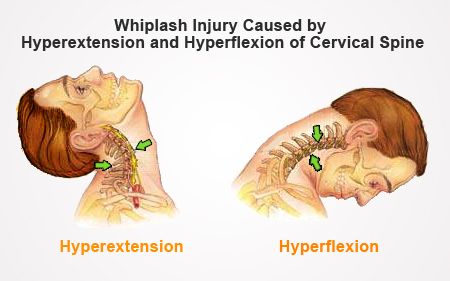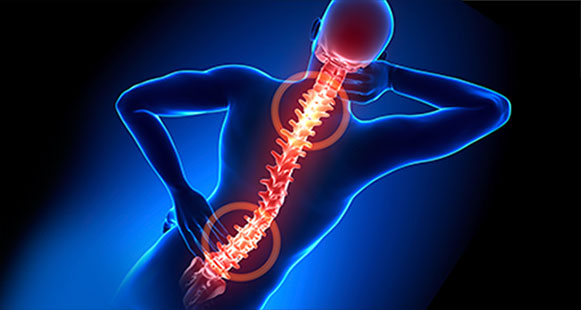Back Pain and Sciatica Method
Anybody who gets back pain and sciatica kind of pain will have common questions what should i do, what i should not? Who should I see and can I fix pain by myself? Should I do flexibility exercises or strengthening exercise?
In most cases patient with severe sciatica kind of pain end up in first med or emergency room. They might do x-ray and most likely give them pain killers and would advise patient to see either orthopedic or physical therapist depends on their condition.
In any case, you might end up with physical therapy. Physical therapist role is to centralize your pain, help you to maintain correct posture and do back stabilization exercises. Physical therapist may also use pain modalities to control your pain.
Physical therapists who is trained in McKenzie methods are specialist while treating sciatica kind of pain. Therapist should be able to do thorough assessment of your problem and see whether you are right candidate for McKenzie technique.
With McKenzie technique therapist will try to centralize radicular pain and then help you to reduce or eliminate pain from back completely. Mackenzie exercises are done in progression. Once patient is comfortable with first step of exercise then move to next.
How Do I Know If the Exercise is the Correct One for Me?
If you are experiencing pain on one side of your back or leg, then try the first exercise and monitor symptoms as you exercise. Watch for centralization, which is a decrease in leg or thigh pain and an increase in low back pain. Centralization that occurs while you are performing an exercise is a good sign and indicates that the particular exercise is the correct one for you to be doing.
If your symptoms worsen, fail to centralize, or only centralize partially, move on to the next exercise in the list. Attempt the exercise, and monitor any changes in your symptoms. Remember pain that moves closer to your spine is a good sign. Any sign of more radicular pain or worsening symptoms patient should stop those exercises immediately and speak to their physical therapist.
Also before starting any exercise for your back in severe cases, it is a good idea to check in with your doctor to be sure that exercise is safe for you to do.
- Prone Lying, Prone Props, and Press Ups
In the case of sudden onset of acute low back pain, you should try the emergency back pain exercises first. Lie on your stomach for a few minutes, if that is comfortable then prop onto your elbows for a minute or two. Monitor your symptoms for centralization. If it centralize continue and you can slowly go on elbows.
If symptoms are improving then and then only, try a few press ups. Try to keep your hips and back relaxed as you use your arms to press your upper body up. Try to press up as far as possible to restore the normal forward curve in your low back. Perform 10 repetitions and monitor your symptoms.
If your pain does not fully centralize with the press up exercise, you may need to see doctor or physical therapist.
Above mentioned exercises first step in McKenzie exercises. If that has not resolved your problem you need attention for your problem.
Read More :







